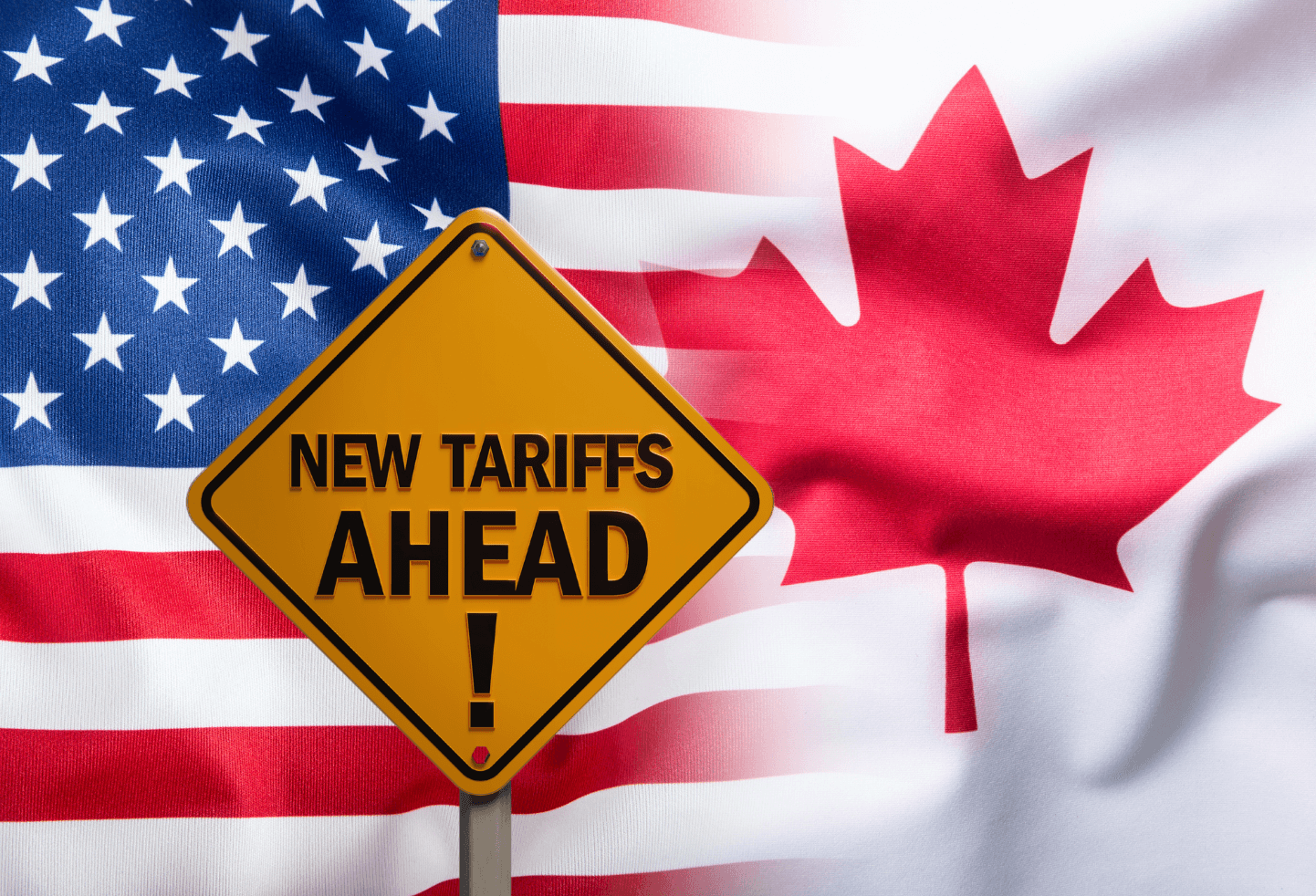US President Donald Trump announced plans to impose a 35% tariff on all imports from Canada, effective August 1, in response to Ottawa’s recent tariffs on American products.
The announcement came via an official letter addressed to Canadian Prime Minister Mark Carney and published on Trump’s social media platform, Truth Social.
“Starting August 1, 2025, we will charge Canada a tariff of 35 percent on Canadian products sent into the United States, separate from all Sectoral Tariffs. Instead of working with the United States, Canada retaliated with its own Tariffs,” Trump wrote.
The proposed tariffs, Trump noted, are subject to change based on developments in US-Canada trade relations.
Trump emphasized that the new duties are in addition to existing tariffs on specific Canadian exports such as steel, aluminum, and automobiles – key pillars of the country’s manufacturing sector and major contributors to trade with its southern neighbor.
In the same post, Trump revealed that similar tariff notifications had been sent to more than 20 trading partners over the past week.
He also hinted that the European Union would soon receive a formal notice.
Trump further signaled that countries not receiving direct communication would still face tariffs. “Not everybody has to get a letter. You know that. We’re just setting our tariffs,” he said. “We’re just going to say all of the remaining countries are going to pay, whether it’s 20 percent or 15 percent. We’ll work that out now.”
The remarks form part of a broader shift in Trump’s economic stance, which includes newly proposed tariffs of up to 50% on copper imports and expanded duties on goods from Japan and South Korea. He has framed these policies as necessary to protect US industries and address long-standing trade deficits.
Reactions from the international community have been swift. Canadian officials expressed deep concern over the looming measures, warning of significant disruption to North America’s tightly integrated trade ecosystem.
Meanwhile, other US trading partners are bracing for similar actions, as Trump signals a broader strategy of trade realignment centered on tariffs and tough bilateral negotiation.




